Scales. What? Double Thirds
I loved hearing about how you all teach scales and your plans to incorporate the paired fingerings from Scales. What? into your personal practice and teaching. JP and Marie, among others, requested my paired fingering charts for Isador Philipp’s double third fingerings and post them too (thus enabling me deeper into scale geekdom.) So, I have made good on that promise (images are downloadable for zooming and printing.) I will refrain from my usual “Enjoy!”
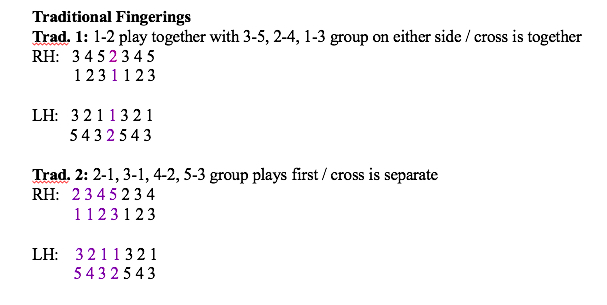 There are two basic fingerings for double 3rds that most people learn. The difference is that, in the first, the cross happens at the same time in each hand and, in the second, the cross happens separately. I prefer the feel of the second one. (oops! Traditional RH 2 should have 3-4-5 on the top last 3 pairs) Traditional fingerings generally work for all keys, but some keys are more awkward than others. A lot depends on your hand shape plus the geography of the scale. They work well when moving in a single direction but turnarounds have to be managed separately because these fingerings hit the proverbial wall on the leading tone.
There are two basic fingerings for double 3rds that most people learn. The difference is that, in the first, the cross happens at the same time in each hand and, in the second, the cross happens separately. I prefer the feel of the second one. (oops! Traditional RH 2 should have 3-4-5 on the top last 3 pairs) Traditional fingerings generally work for all keys, but some keys are more awkward than others. A lot depends on your hand shape plus the geography of the scale. They work well when moving in a single direction but turnarounds have to be managed separately because these fingerings hit the proverbial wall on the leading tone.
The Philipp fingerings account for turnarounds and keyboard geography but are much more complicated to learn. I find I like some keys better than others. I have divided the scales into groups of keys that use the same general patterns and types of pairs. Matched pairs are exactly that: for example, 1-3 and 3-1 at the same time in both hands. Crossed pairs use groups of fingerings together but not at the same time in both hands: for example, RH 1-3, 2-4 LH 2-4, 1-3. There are many ways to conceive of these fingerings. You won’t hurt my feelings a bit if you see other patterns than the ones suggested here. Knock yourself out!
Between the two traditional fingerings and the Philipp fingerings, there is a way to find a solution for most double third passages. When all else fails, you can get out of the proverbial box and do what one of my graduate teachers insisted on for variation 14 of Beethoven’s 32 Variations in C Minor: use 3-1 all the way up and back down again!
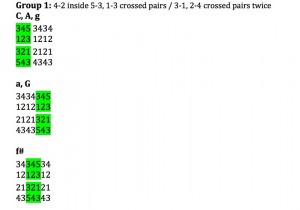
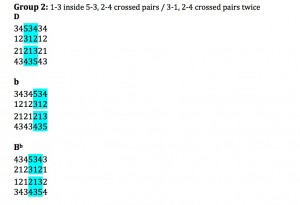
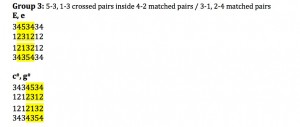

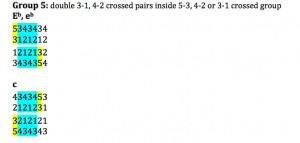
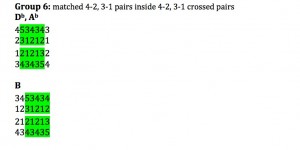
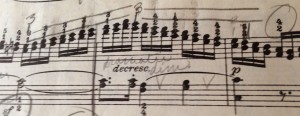



You are so right! Thanks you. It is definitely a typo. Writing these out is like pulling lobsters out of your head! I wrote a correction and will change the image as soon as possible. Thanks for reading Béryl!
Hi !
May I make the observation that for the traditional fingering no2, there would seem to be a problem in the RH -probably just a typo.
All the best,
Béryl Marshll